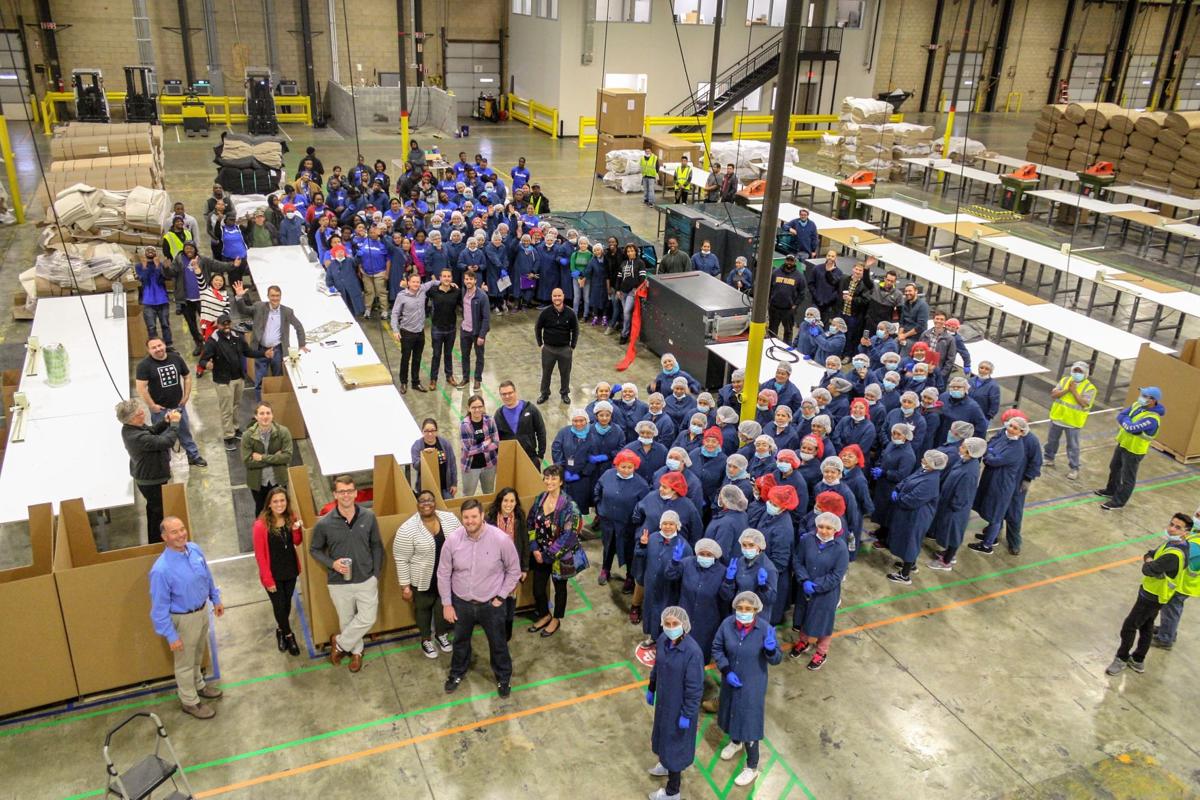Raising Money + Saving The Planet = Win / Win
Brian Powers’ startup is blending business with purpose—and proving that it can pay off too.
TemperPack, a B2B enterprise founded in 2015, manufactures environmentally sustainable packaging products that replace single-use plastics and products often found in meal kit delivery, grocery shipping and medical care. The four-year-old company has raised more than $30 million to fuel TemperPack’s growth.
Brian and his cofounders, James McGoff and Charles Vincent, kicked off their seed round when they launched in 2015, raising $850,000 from angels, friends and family.
“We thought it was going to be way more than we needed,” Brian says. “But of course, it wasn’t enough.”
The seed round helped cover the team through mid-2017 when they closed their Series A funding round led by SJF Ventures at $12 million. And just over a year later, their Series B round brought in close to double that amount at $22.5 million.
Through each fundraising round, Brian and his cofounders leveraged several winning strategies. Here are the highlights based on our conversation for the podcast.
‘We email everyone’
Brian and his cofounders have taken the same approach with fundraising as they have with finding clients.
“We email everyone,” Brian says. “We probably emailed several hundred companies before we got our first customer, and we were introduced to or emailed probably a hundred different types of investors as well.”
As a mission-driven company, TemperPack could have solely pursued impact investors, but Brian and his cofounders chose to cast a wider net.
“What I was told is that you never know who's actually going to give you a term sheet until you have one,” Brian says.
Though they deliberately didn’t target social funds only, Brian and his co-founders were really pleased when SJF, a long-standing social impact investor, ended up leading the round. TemperPack also had a few other venture capital firms get to the term sheet phase.
Brian and his cofounders never wanted to depend on only one firm, since firms are constantly pitched by (and meeting with) hundreds of companies and can easily change their minds about where to invest.
Not to mention—once you have one term sheet, Brian says, it’s a lot easier to get the next one. “Communicating that other investors are getting close or have given a term sheet can really push a VC to go ahead and make an offer.”
Some entrepreneurs might avoid competitive venture funding rounds because it’s a lot of work, and they’re already busy enough trying to launch their businesses. Often, Brian says, whether a company lands one fund or five will depend on just how much bandwidth founders have to devote to fundraising.
Landing the right investors is a numbers game, and you want to make sure you’re pitching constantly—because even if you don’t land a new investor, your pitch will improve every time you deliver it. You’ll also hear valuable feedback that will help you better tweak your pitch and business plan.
“The biggest factor in success is persistence,” Brian says.
Bottom line: get out there and keep the conversations going.
Focus on the financials
Brian and his cofounders were wary of resting on the company’s social and green laurels. While pitching, they focused on the financial potential of their business, rather than just its environmental sustainability.
“Social companies are very in right now, and if you're raising money, definitely own your social mission,” Brian says. “That said, people will get that very fast, and the big question will be on the business part.”
Sometimes impact investors will take a longer-term approach than those focused solely on returns, but if you’re building a business, viability should be your main focus.
One way to do that? Brian and his cofounders landed a $1 million contract with a large meal kit client, as well as a smaller contract with a life sciences company, before they went on to fundraise.
“We had these two sectors that are multibillion-dollar sectors, and there was awareness about [the issues with] styrofoam and plastic,” Brian says. “We were able to sell the vision that anywhere you see Styrofoam coolers, they won't be there in the future, and we had a really great Excel model showing us growing super fast.”
Being able to showcase your business’ potential matters. Because, as Brian explains, “[VCs] really look for massive, disruptive opportunities. They want to invest in market leaders.”
Throw in your own cash — investors dig it
Another suggestion Brian has for entrepreneurs entering a round of funding is to make sure you have skin in the game before you ask anyone else to do the same. “Put in as much of your own money as you can,” he says. “It’s a really convincing thing to do.”
Aside from that, he recommends owning as much of the business production as possible. While outsourcing can be smart at times, TemperPack has pivoted to doing virtually everything in-house.
“You want to own that chaos,” Brian says, “because there's going to be chaos no matter what. If you control it, if your people are on it, you can have a lot more visibility, and it’ll be faster.”
Nathan Beckord is the CEO of Foundersuite.com, which makes software for raising capital. Foundersuite has helped entrepreneurs raise over $1.5 billion in seed and venture capital since 2016. This article is based on an episode of Foundersuite’s How I Raised It podcast, a behind-the-scenes look at how startup founders raise money.


